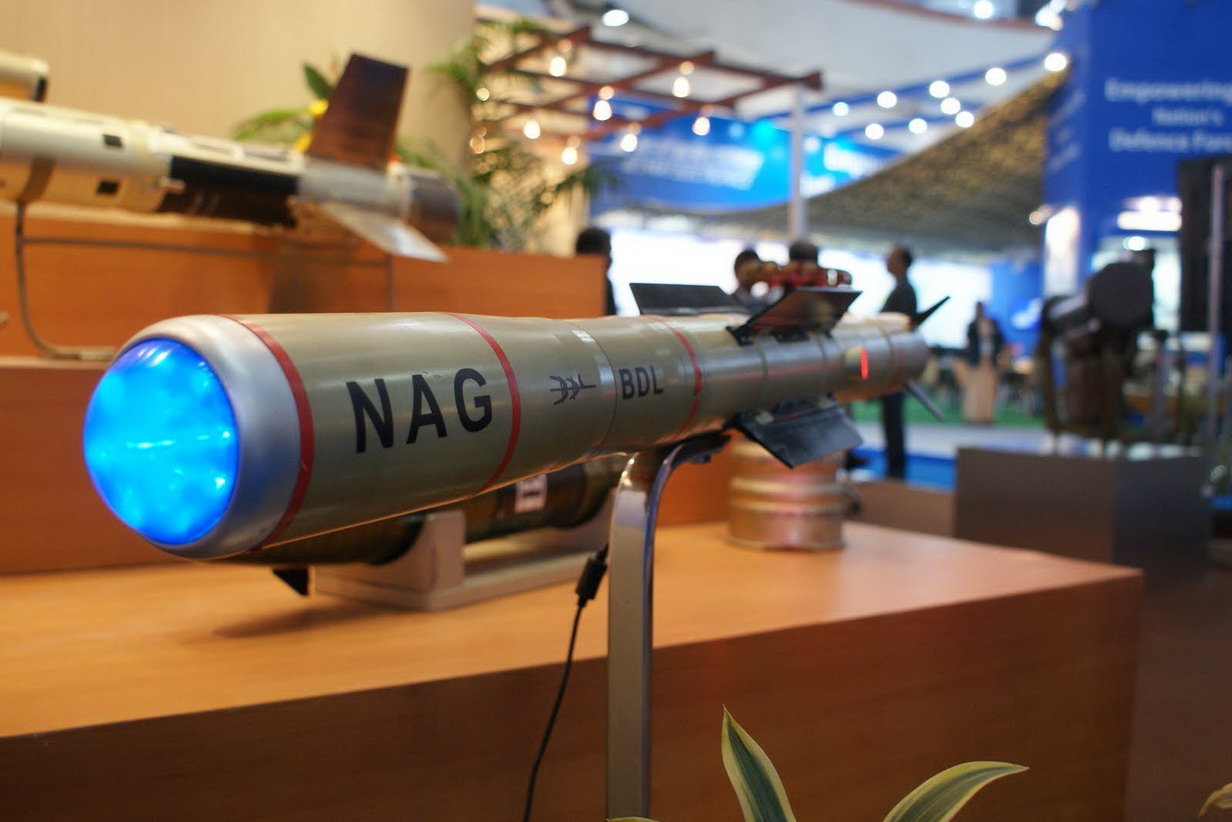Chanakya's_Chant
SENIOR MEMBER

- Joined
- Jul 22, 2013
- Messages
- 3,395
- Reaction score
- 28
- Country
- Location
Kalam's unrealised 'Nag' missile dream to become reality next year
Nag missile with the NAMICA in the background.
HYDERABAD: One unrealized dream of 'Missile man' A P J Abdul Kalam who died on July 27, will become a reality next year.
Production of the anti-tank missile 'Nag', a 'fire and forget' missile developed to hit and destroy stationery or moving battle tanks will begin next year. Defense advisor to Raksha Mantri, G Satheesh Reddy told TOI that while the other missiles planned as part of the Integrated Guided Missile Development Programme (IGMDP) had become a reality, in so far as 'Nag' was concerned there had been some limitations related to technology. Those have now become overcome. "The 'Nag' missile will be go for production next year," Satheesh Reddy said. The other missiles 'Prithvi', 'Dhanush', the five versions of 'Agni', 'Akash' and 'Astra' as part of the IGMDP have already been developed.
The 'Nag' missile developed by the Defense Research and Development Organisation (DRDO) which Abdul Kalam headed, will move like a 'cobra' to hit battle tanks in a range of 4 km to 7 km distance.
"Everything that Kalam planned has become a reality. He was someone who had both technical and managerial skills to pursue plans," Satheesh Reddy who worked under Kalam when he joined the DRDL in 1986 said. Satheesh Reddy who was noticed by Kalam for the work he was putting in associated himself with Reddy who worked on navigation technology.
If India has several missiles and variants of them, it was also due to the efforts of Kalam. "He brought about integration between various groups which were working independently towards their set goals. The integrated reaped dividends," he said.
If India is now in a strong position because of the its missiles, especially the 6,000-km range intercontinental ballistic missile, it was also due to Kalam's 'big thinking'.
"Think big. It is a sin to think small," Kalam would tell colleagues in the DRDL and DRDO. And if anyone amongst his colleagues would keep silent during a discussion, he would prod him or her to speak and contribute. Even if he had already taken a decision on some matters, he would still keep his mind open to ideas.
Kalam's nature was always to protect his colleagues and take the blame from his superiors if something went wrong, Satheesh Reddy recalled.
Source:- Kalam's unrealised 'Nag' missile dream to become reality next year - The Times of India



















